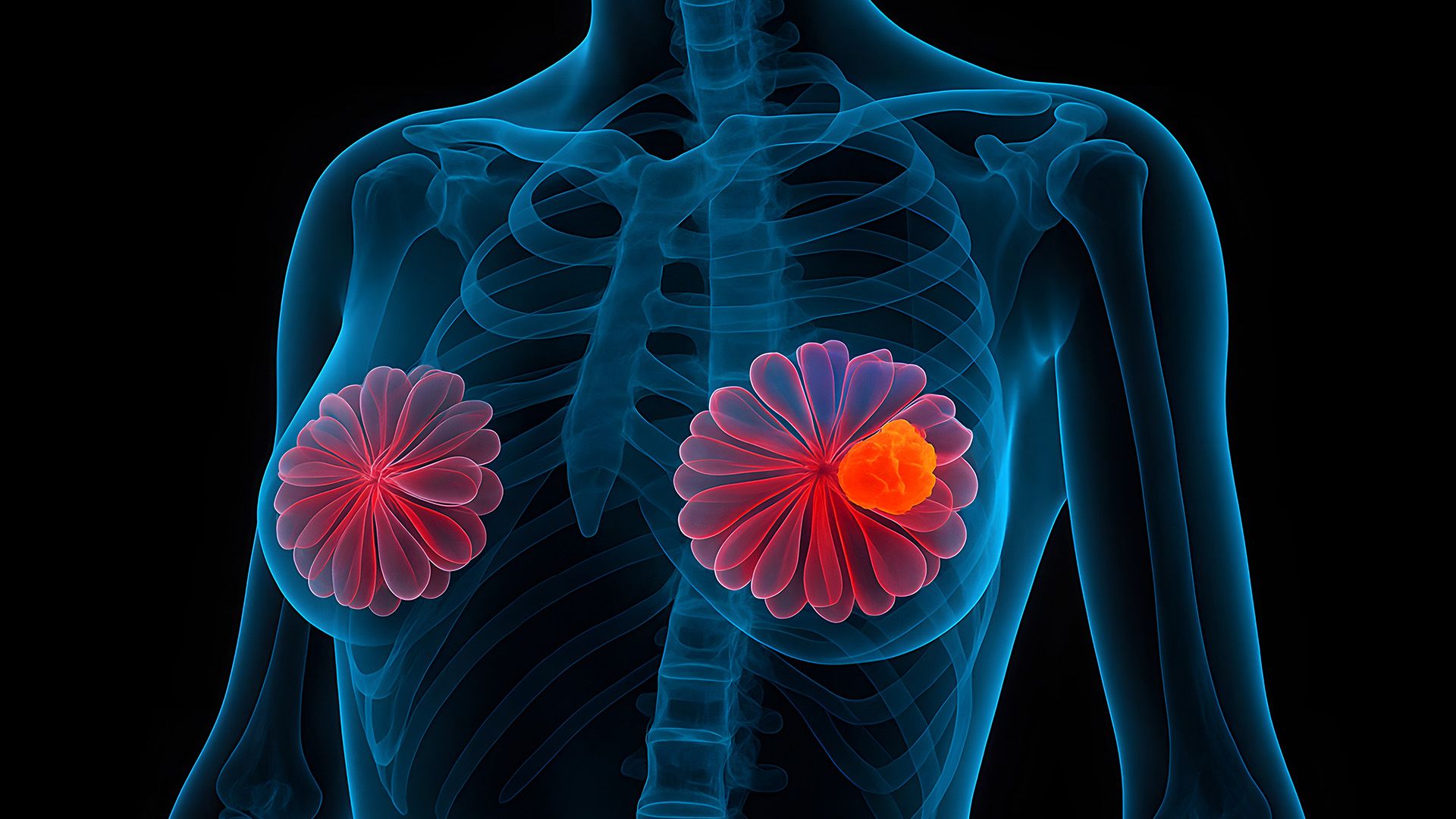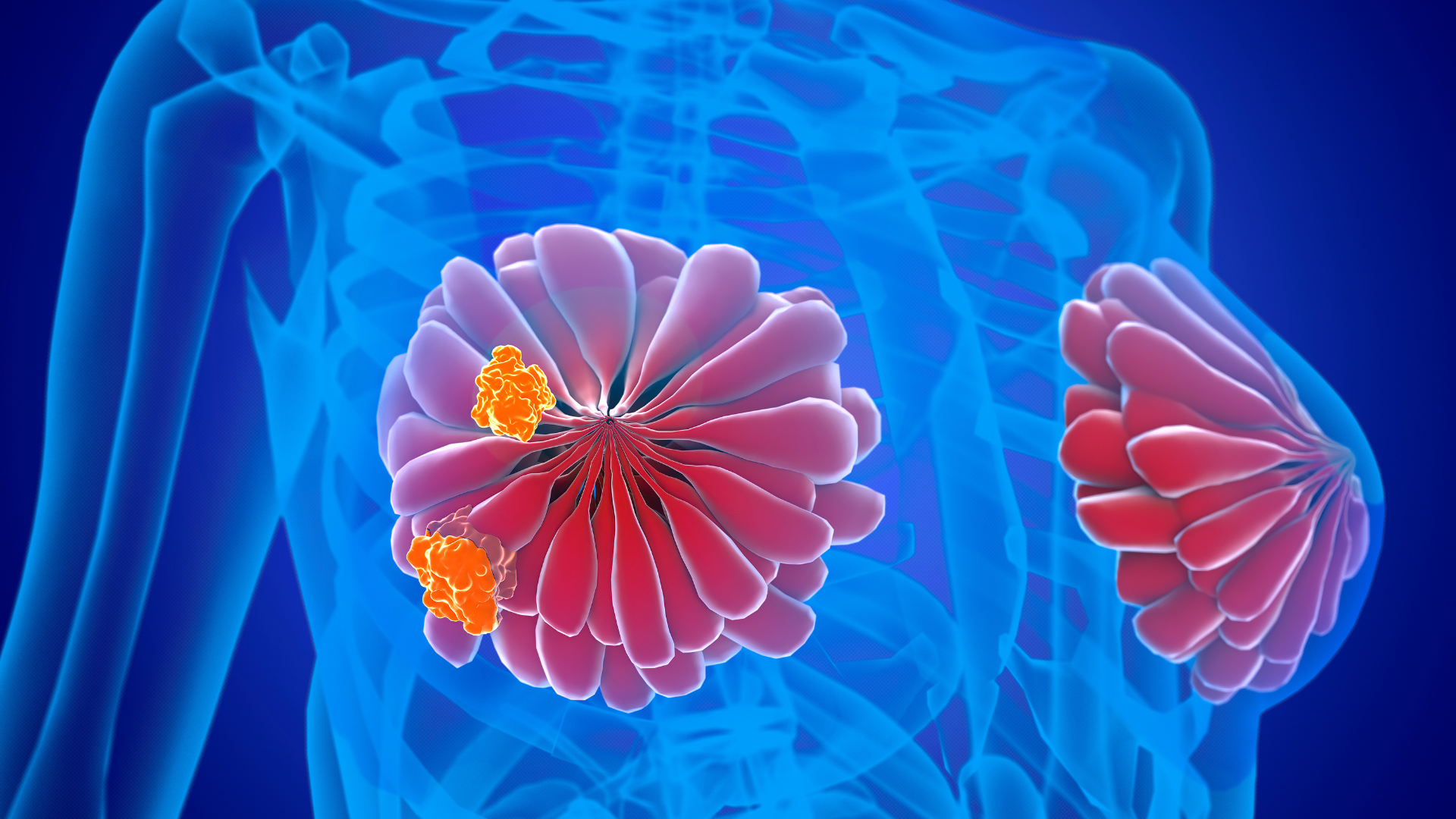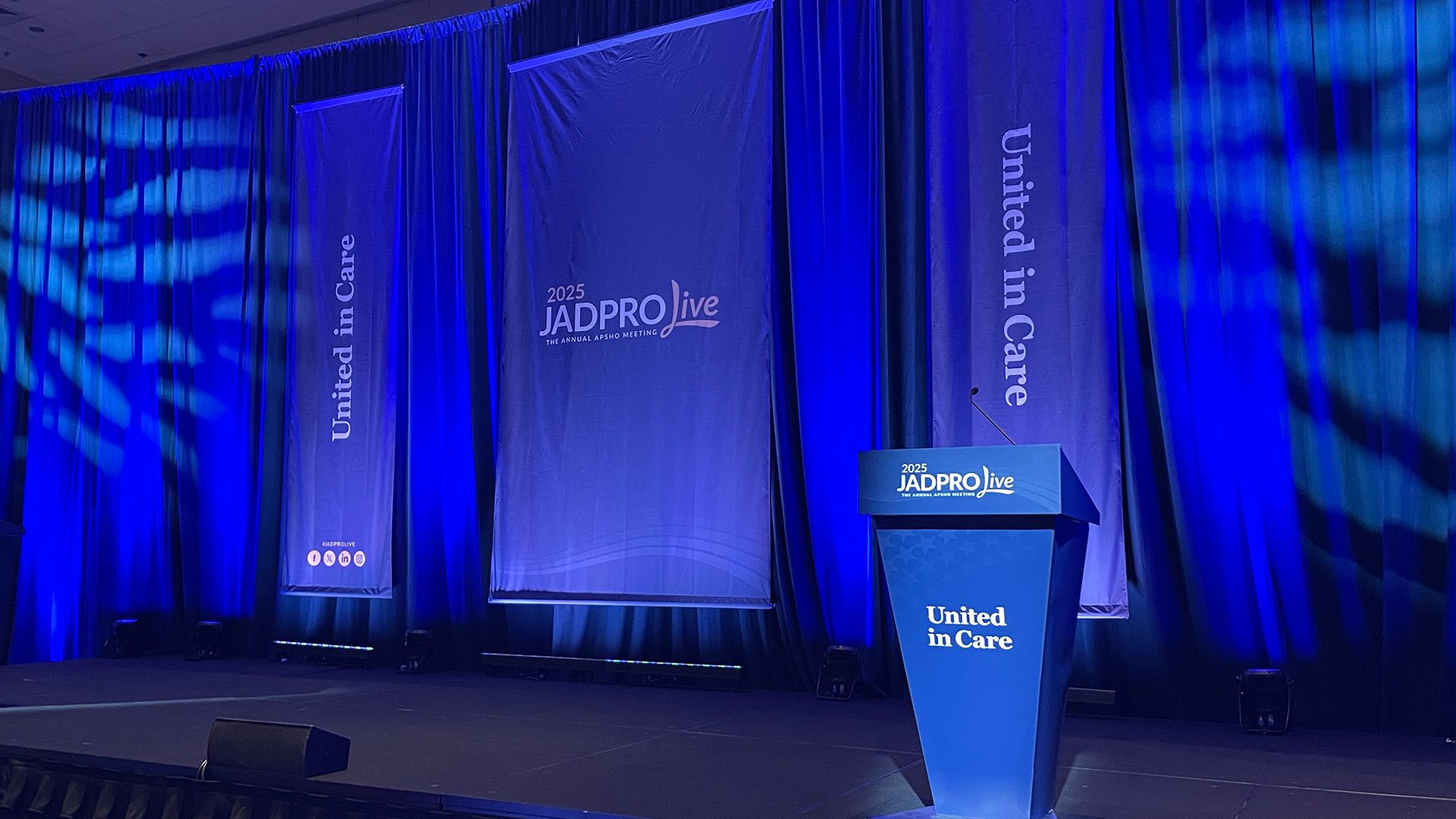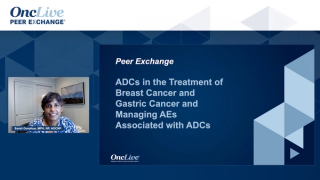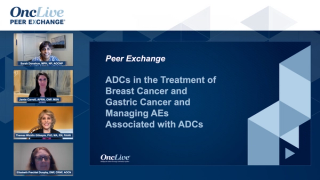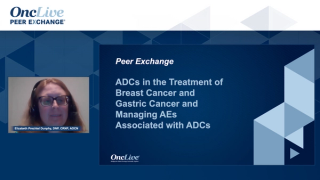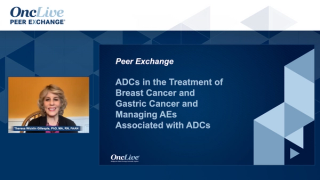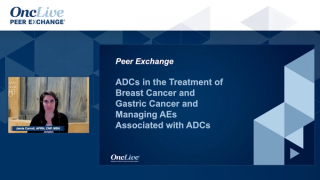
Breast Cancer
Latest News
Video Series

Latest Videos
Shorts
Podcasts
More News

T-DXd plus pertuzumab improved PFS and DOR across HER2+ breast cancer subgroups, regardless of prior therapy or PIK3CA mutation status.

Dermatitis and lymphedema are among the most pertinent adverse effects of radiation to the breast, according to Alexa M. Lantz, MSPAS, PA-C.

La-Urshalar Brock, FNP-BC, CNM, describes tactics for managing dermatologic AEs in patients with breast cancer as part of a multidisciplinary care team.

T-DXd plus pertuzumab improved progression-free survival vs THP regardless of prior therapy, hormone receptor status, or PIK3CA mutations.

The combination of sacituzumab with pembrolizumab did not lead to a decline in physical functioning or quality of life in patients with metastatic TNBC.

The DESTINY-Breast11 trial found neoadjuvant T-DXd followed by THP improved pathologic complete response vs ddAC-THP in high-risk, HER2-positive early breast cancer.
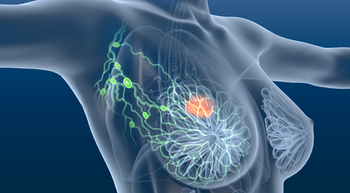
Long-term NATALEE data show adjuvant ribociclib plus an aromatase inhibitor (AI) improves invasive disease–free survival vs AI alone in HR+, HER2– early breast cancer.

Following imlunestrant’s approval, Komal Jhaveri, MD, FACP, compares the oral SERD to its counterpart, elacestrant, in terms of composition and trials.

A network to connect patients with unused medications with patients in need brought $18 million of free cancer medication while reducing drug waste.

The FDA has approved imlunestrant for the treatment of patients with ESR1-mutated ER+, HER2- metastatic breast cancer.

Subcutaneous pembrolizumab has been approved across all indications, cutting chair and administration times with a median injection time of 2 minutes.

Familiarity with each component of antibody-drug conjugates helps nurses and APPs deliver proactive adverse event management to patients with cancer.

Experts share advice on tailoring frontline treatment and managing toxicities for individuals with hormone receptor–positive metastatic breast cancer.

Nurse practitioners give their advice on making treatment choices based on the patient’s medical history and preferences.

Paolo Tarantino, MD, PhD, discusses ADC structure, toxicity, and nursing consideration for the treatment of patients with breast cancer.

Oncology nurses play a key role in monitoring, managing, and personalizing CDK4/6 inhibitor treatment to minimize toxicities and protect quality of life, according to Courtney Moore, APRN, FNP-C, OCN.
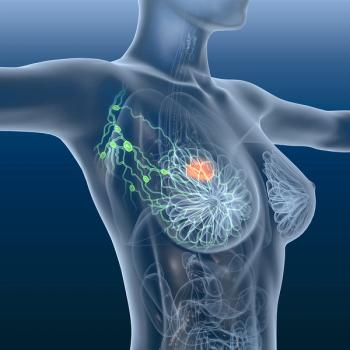
A breast cancer survivorship expert shares her top advice for counseling patients on endocrine therapy at the 5-year mark.

Treatment decisions for older adults after CDK4/6 inhibitors should be tailored, explained Courtney Moore, APRN, FNP-C, OCN.

For patients with HR-positive breast cancer, adverse effects vary by CDK4/6 inhibitor, says Courtney Moore, APRN, FNP-C, OCN.

Kimberly Podsada, BSN, RN, MSN, NP-C, CNS, explained that understanding a patient’s emotional needs can help educate them on treatment adherence.
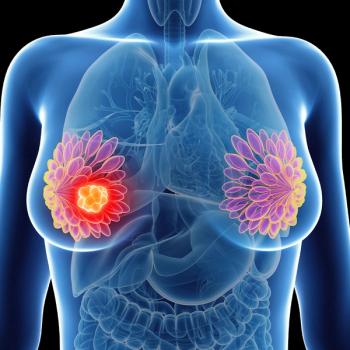
Hope S. Rugo, MD, FASCO, outlined the top considerations for nurses managing toxicities related to PI3K and AKT inhibitors in patients with breast cancer.

Survivorship expert Michelle Kirschner, MSN, RN, ACNP, APRN-BC, says that “doable changes” can enhance the lives of patients surviving cancer.

Adding aprepitant to chemotherapy was linked to longer survival in patients with non-luminal breast cancers, especially triple-negative breast cancer.

Hope S. Rugo, MD, FASCO, emphasized the importance of educating patients about proactive rash and diarrhea management while taking PI3K/AKT inhibitors.
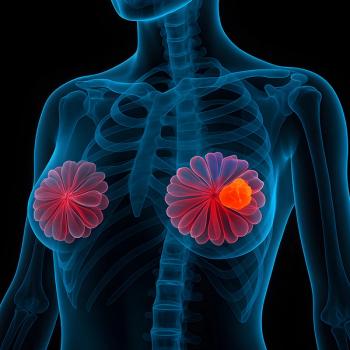
Pooled data from early-phase trials suggest JSKN003 is tolerable and active in patients with heavily pretreated HER2-positive disease.

